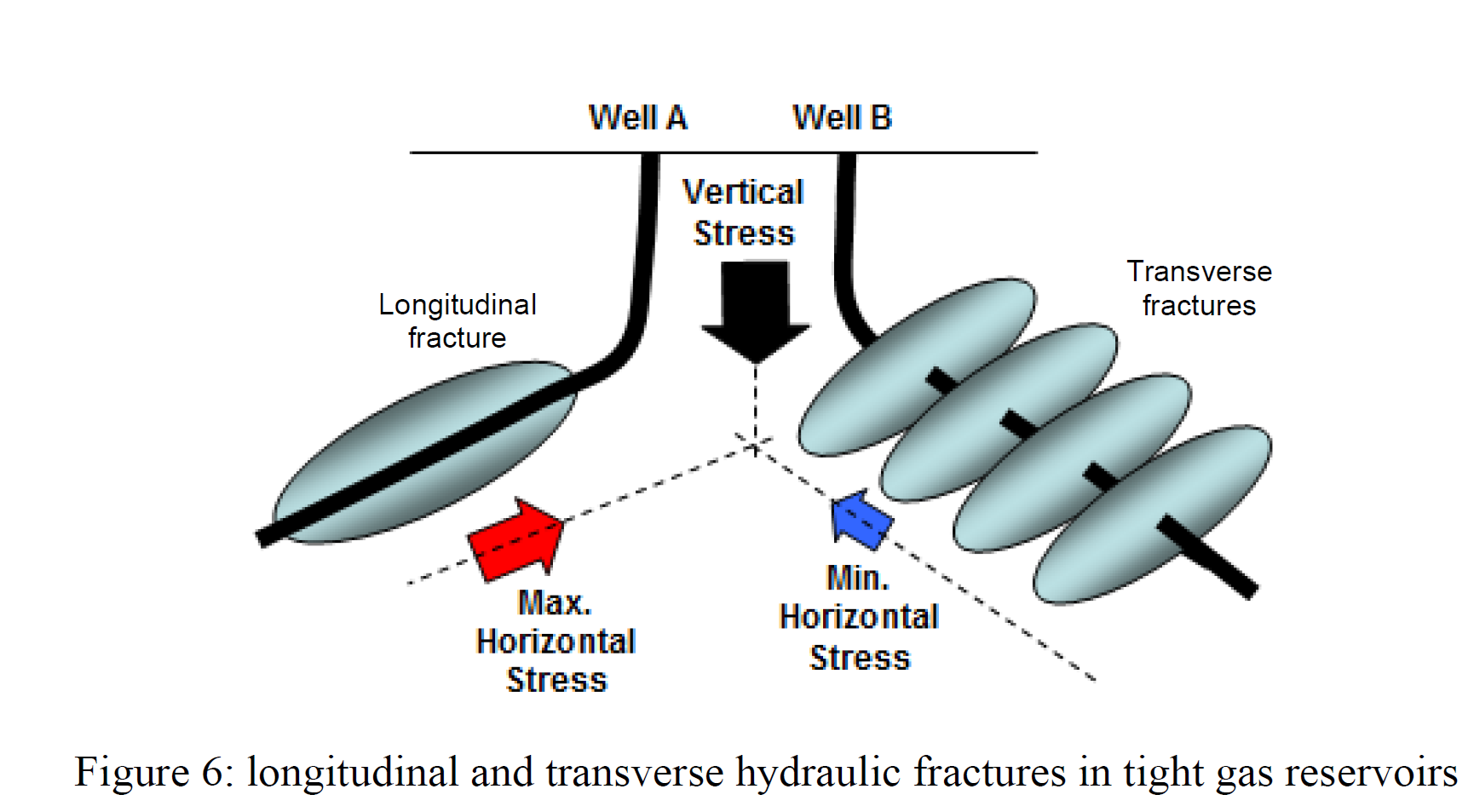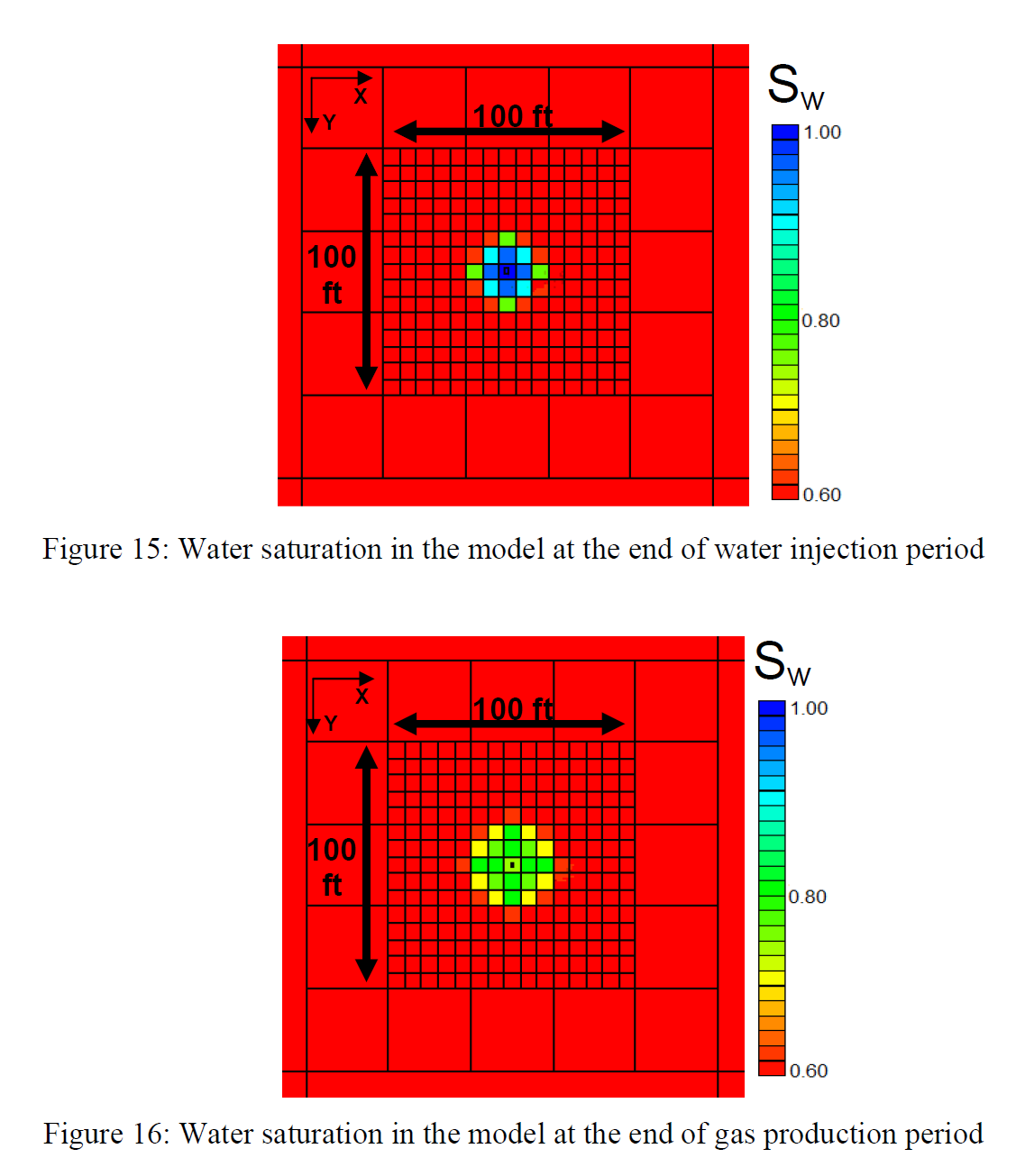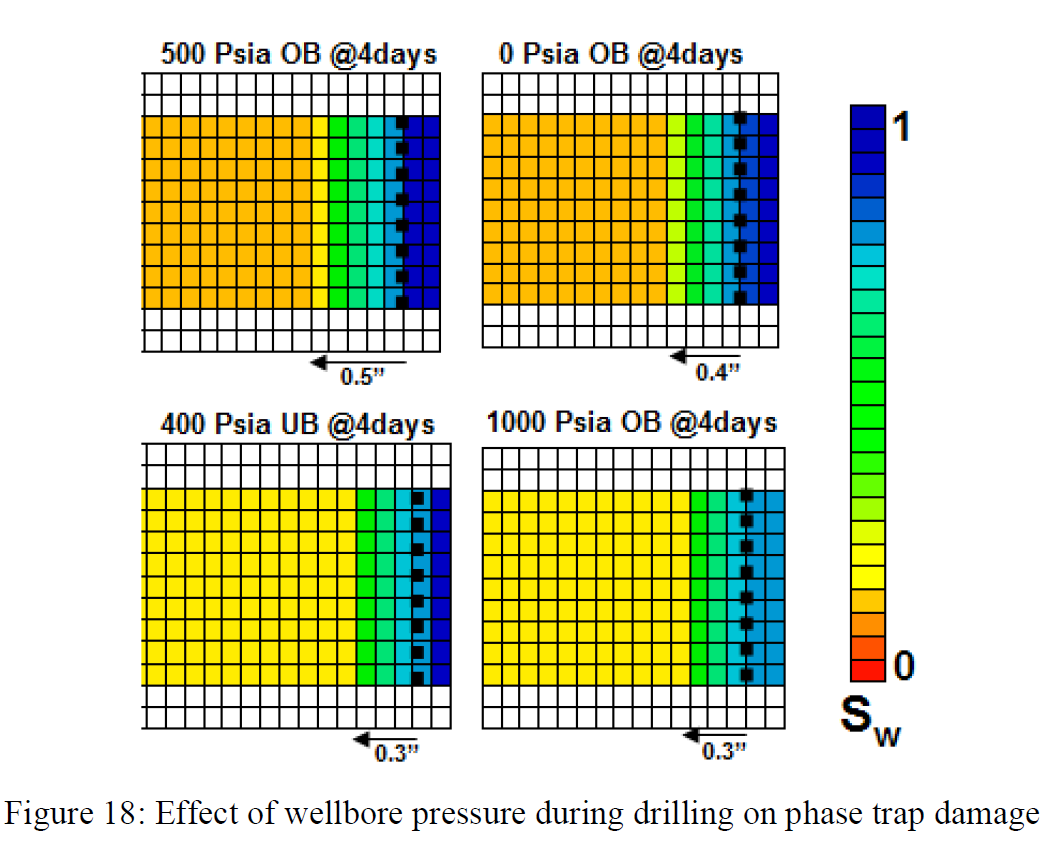Evaluating Factors Controlling Damage and Productivity in Tight Gas Reservoirs
Abstract
Production at economical rates from tight gas reservoirs in general is very challenging not only due to the very low intrinsic permeability but also as a consequence of several different forms of formation damage that can occur during drilling, completion, stimulation, and production operations. The common strategies used in tight gas reservoirs development are hydraulic fracturing and horizontal well drilling. However in many cases of tight gas reservoirs, the key factors that control well productivity and formation damage mechanisms are not well understood, since it is challenging to characterise them in tight formations.
In this thesis I demonstrate how different well and reservoir parameters control well productivity and damage mechanisms in tight gas reservoirs. Reservoir simulation model for Whicher Range tight gas field is built and run. Analytical and numerical simulation approaches are integrated with core flooding experiments and tight gas field data analysis in order to characterize the key reservoir parameters and understand the effects of different parameters on well productivity.
Using core flooding experiments data analysis, the relative permeability curves are generated for Whicher Range tight gas reservoir, and quantitatively is shown how the phase trapping damage can be reduced by use of oil based drilling fluid instead of water based fluid. A new technique of welltest analysis was introduced for tight gas reservoirs that can reduce uncertainties in estimation of average reservoir permeability, and also a new correlation that can determine permeability of the natural fractures in tight formations is proposed in this study. I study and analyse different well completion, production and reservoir data from Whicher Range tight gas field in order to identify why production rates are significantly lower than expectations and investigate possible remedial strategies to achieve viable gas production rates.
Based on this research, drilling long horizontal deviated wells using non-aqueous fluids in underbalanced conditions may be more efficient than hydraulic fracturing. As the optimum strategy to further improve the well productivity, drilling the well with a high deviation to intersect multiple sand lenses; orienting the wellbore direction perpendicular to the maximum horizontal stress to intersect higher permeability conduits and control wellbore instability issues; completing the well as open-hole to have the advantage of enlarged wellbore caused by large wellbore breakouts; running slotted liner to control wellbore collapse; open-hole perforation in the direction of maximum horizontal stress to reach a deeper formation penetration; and unloading the wellbore from drilling and fracturing fluids can help achieve commercial gas production rates from tight gas reservoirs.



